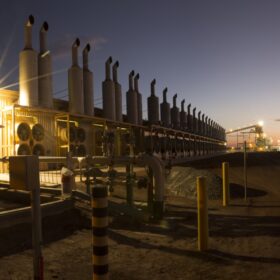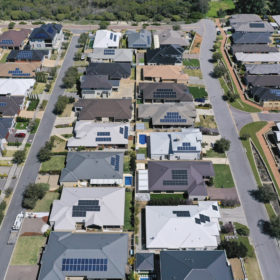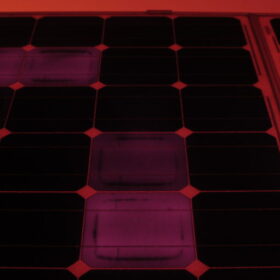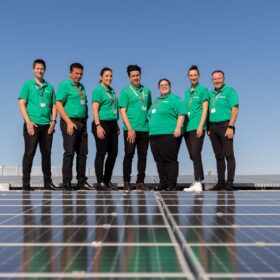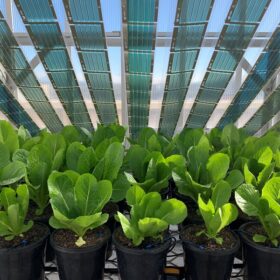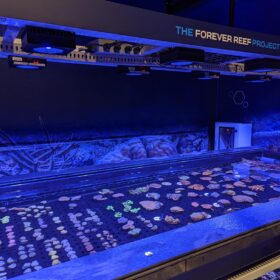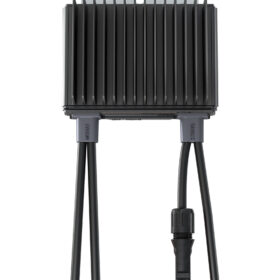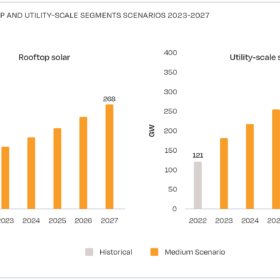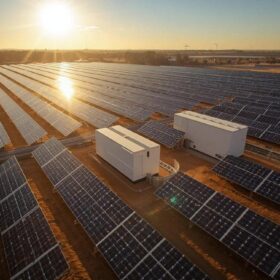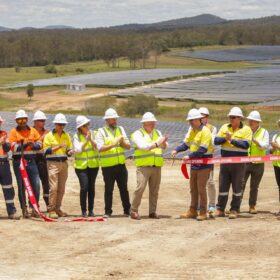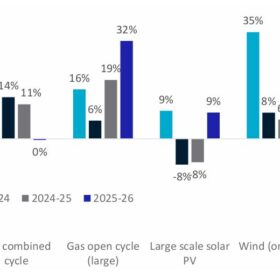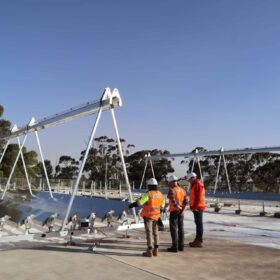Pacific to provide 62 MW renewables boost for remote mine site
With increasing numbers of resources companies turning to renewable energy to cut costs and carbon emissions, independent power producer Pacific Energy has been awarded a contract to deliver a combined 62 MW of wind and solar generation and battery energy storage to help power a gold mine in remote Western Australia.
‘Don’t want to sleepwalk’: potential cyberattack surfaces open with DER devices
Australia’s world-leading uptake of distributed energy resources introduces potential new entry points to the grid, ushering in a legion of complex and novel cybersecurity considerations. The first in a two-part series, pv magazine Australia talks to experts about at what’s being done in this rapidly evolving landscape and where vulnerabilities lay.
Thirty years of photovoltaic module degradation
Scientists in Europe have put together a comprehensive guide to PV module degradation, examining literature and case studies on the topic as far back as the 1990s. Their paper details the primary stress factors faced by modules in the field, the most common modes of degradation and failure, and provides clear definitions relevant to reliability, quality and testing standards. Among their key findings is that a full understanding of how combinations of different stresses over varying timeframes is still missing from methods to estimate and improve system reliability.
Officeworks closes on 100% renewables with solar and storage solution
Australian retailing major Officeworks has flicked the switch on its first behind-the-meter rooftop solar and battery energy storage system as it works towards using only renewable electricity to power operations by 2025 as part of its ambition to achieve net-zero emissions by 2030.
CSIRO tests semi-transparent solar film at greenhouses to enhance growth conditions
The CSIRO has run an internal ‘Shark Tank’-style competition which will see it test semi-transparent, printed solar films at its greenhouses to assess whether the technology can be used to enhance crops’ growth and cut emissions.
Solar and storage solution helps preserve one of world’s seven natural wonders
Some of the renewable energy industry’s biggest players have donated equipment, expertise and time to provide a solar and storage solution to help preserve and protect the Great Barrier Reef, one of the world’s seven natural wonders.
Weekend read: Solar recycling’s glass ceiling and other problems
The insolvency of a major Australian solar recycler has highlighted the complexity of remodelling a linear-thinking industry and society into a circular one, reports pv magazine Australia’s Bella Peacock.
Southeast Asia solar markets set for growth this year
New PV capacity additions in Southeast Asia are expected to bounce back this year for the first time since 2020, according to the Asian Photovoltaic Industry Association. The market is expected to grow by 13% in 2023, for 3.8 GW of new installations.
SolarEdge unveils power optimisers for residential, commercial PV
SolarEdge has released new optimisers for residential PV applications with a DC power rating of 500 W, a maximum efficiency of 99.5%, and a weighted efficiency of 98.6%. The optimiser for commercial and industrial applications offers 1.4 kW of rated DC power.
Global rooftop PV additions soar by 50% to 118 GW in 2022
The world installed 239 GW of new solar capacity in 2022, according to SolarPower Europe. The rooftop PV segment accounted for 49.5% of additions – the highest share in the past three years. The rooftop sectors in Brazil, Italy, and Spain grew by 193%, 127%, and 105%, respectively.
